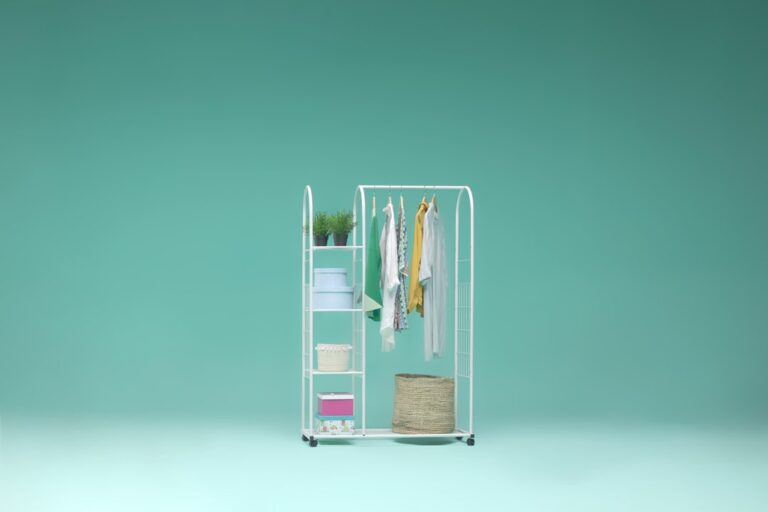
Tired of feeling overwhelmed by all your "stuff"? I totally get it.
For years, my life felt cluttered in more ways than one. My space often mirrored the chaos in my mind, filled with things I didn’t need and habits that didn’t serve me. I remember those days when my desk was buried under papers and gadgets, just like my evenings were buried under hours of gaming or mindless eating. It all felt heavy. But then I started to realize something: simplifying my physical space could actually help simplify my inner world too.
Minimalist decorating isn’t just about making your home look like a magazine spread. It’s about creating a calm, functional sanctuary that supports your well-being and helps you focus on what truly matters. It’s about letting go of excess, much like I learned to let go of old habits like binge eating or endless gaming sessions. When I cleared out my physical space, it felt like I was clearing out mental clutter too. This shift wasn't about deprivation. It was about making room for a richer, more intentional life.
If you’re ready to bring more peace and clarity into your home, and perhaps even your life, here are ten ideas to get you started.
Start with a Clear-Out Mindset
Before you move a single piece of furniture, shift your thinking. Approach your home with fresh eyes. Ask yourself, "Does this item serve a purpose? Does it bring me joy or peace?" If not, it might be time to let it go. This simple question became a powerful tool for me. It helped me shed over 110 pounds by making conscious choices about food, and it helped me stop buying things I didn’t truly need. Think of it as releasing what weighs you down, physically and mentally.
Declutter Ruthlessly
This is the cornerstone of minimalist decorating. Go room by room, drawer by drawer. Pull everything out. Sort into three piles: keep, donate/sell, and trash. Be honest with yourself. Do you really use that gadget? Do you love that old trinket? When I started this process in my own home, it felt liberating. It mirrored the feeling of shedding unhealthy habits, realizing I didn't need those things to be happy.
Embrace Empty Space
Don't feel the need to fill every corner. Empty space, often called "white space" in design, allows your eyes to rest. It makes a room feel larger, calmer, and more inviting. Think of a clear tabletop with just one beautiful book or a wall with a single piece of art. That quiet space breathes life into a room.
Choose Quality Over Quantity
Instead of having ten cheap items, invest in one or two high-quality pieces you truly love and that will last. This applies to furniture, decor, even kitchenware. A well-made sofa or a handcrafted vase holds more meaning and adds more character than a pile of mass-produced items. This also reduces waste and teaches us to value what we own.
Stick to a Neutral Color Palette
Neutrals like whites, grays, creams, and soft blues create a serene and cohesive backdrop. They make a room feel spacious and calm. You can always add subtle pops of color through natural elements like plants or a few well-chosen accessories. This creates a timeless look that won’t feel outdated quickly.
Focus on Functional Furniture
Every piece of furniture should earn its spot. Choose pieces with clean lines and dual purposes when possible. A storage ottoman, a bed with built-in drawers, or a console table that doubles as a workspace are great examples. This helps keep clutter hidden and maximizes your space without sacrificing style.
Integrate Natural Elements
Bring the outdoors in. A few simple plants, a bowl of smooth river stones, or a beautiful wooden bowl can add texture, life, and warmth to a minimalist space. Natural elements connect us to creation and bring a sense of peace. Just choose a few pieces that speak to you.
Curate Your Decor
Instead of displaying every gift or souvenir, select a few meaningful items that tell a story. Perhaps a framed photo of a cherished memory, a handmade ceramic piece, or a book that changed your perspective. These curated items become focal points and add personality without overwhelming the space. For me, a small wooden cross or a simple icon adds a quiet, constant reminder of my faith, fitting perfectly into a minimalist, intentional space.
Prioritize Hidden Storage
The secret to a tidy minimalist home often lies in smart storage solutions. Baskets, closed cabinets, and storage boxes help keep everyday items out of sight but easily accessible. This is crucial for maintaining those clear surfaces we talked about. When everything has a home, it’s easier to put things away and keep your space looking neat.
Let Natural Light Shine
Maximize natural light by keeping window treatments simple. Opt for sheer curtains, blinds that pull up completely, or even no coverings where privacy allows. Natural light makes a room feel brighter, more open, and more inviting. It connects you to the outside world and brings a natural energy into your home.
Creating a minimalist home isn't about rigid rules. It’s about being intentional. It’s about creating an environment that supports you, whether you’re working in short, focused bursts like I do, enjoying quiet reflection, or simply spending time with loved ones. It’s a journey, not a destination. Just like building a healthy routine or strengthening my faith, it happens one small, consistent step at a time.
You don't need to tackle your whole home at once. Pick one drawer, one shelf, one small area. Experience the peace that comes from less. What’s one small area in your home you can simplify today?





